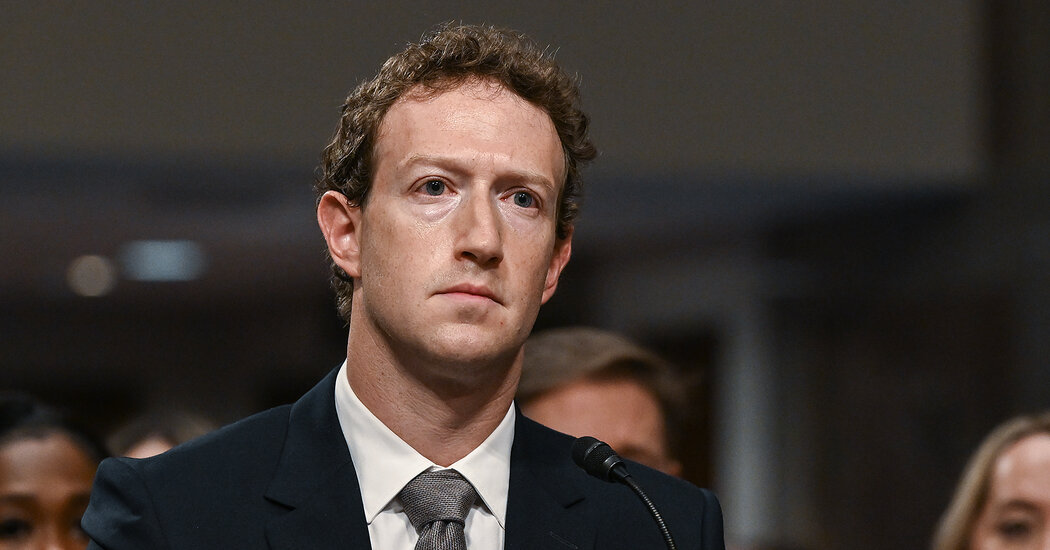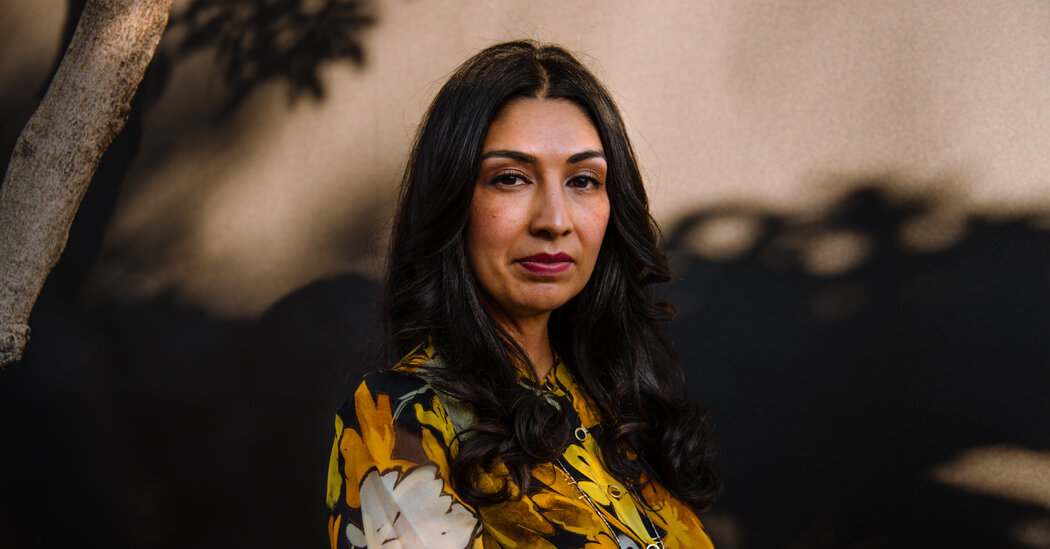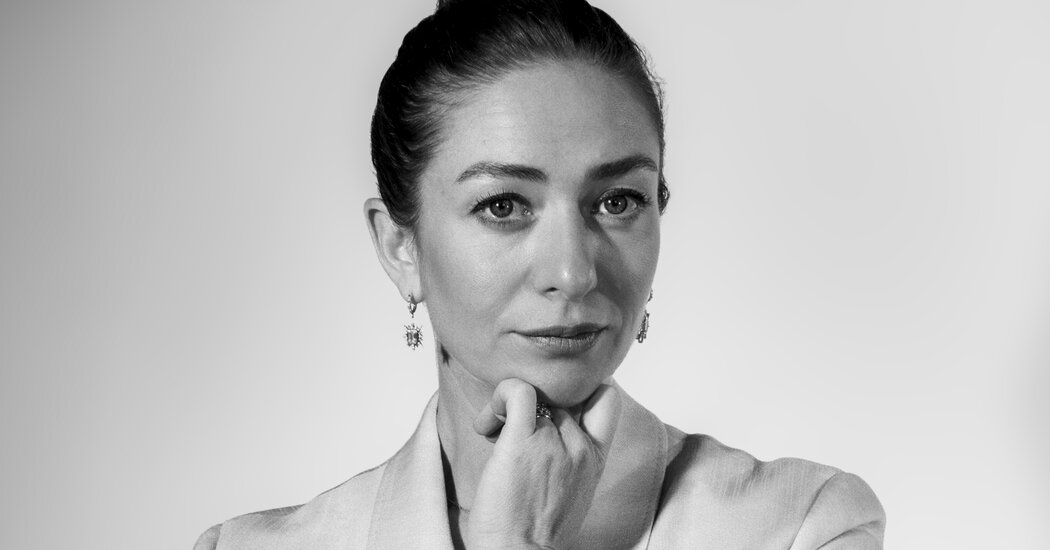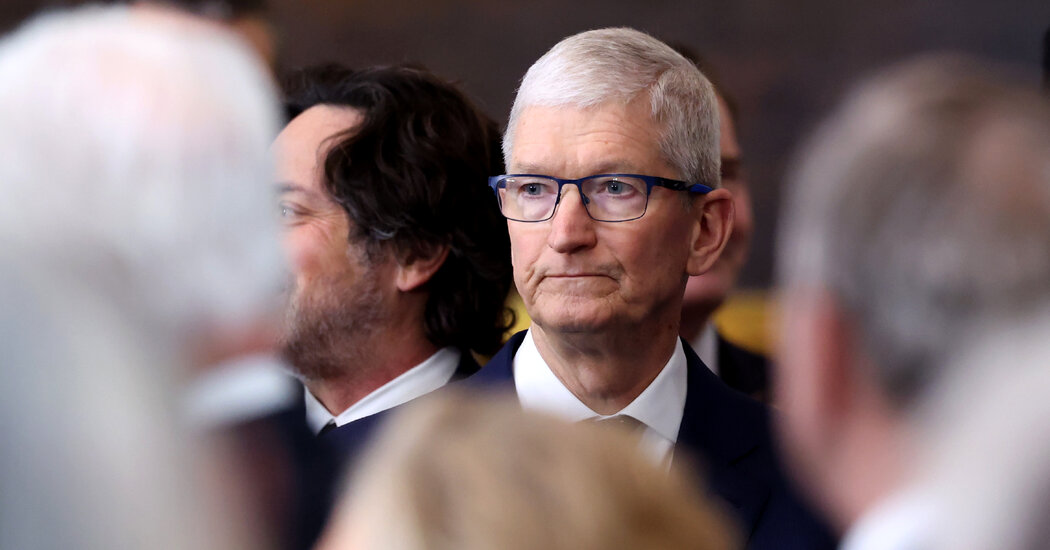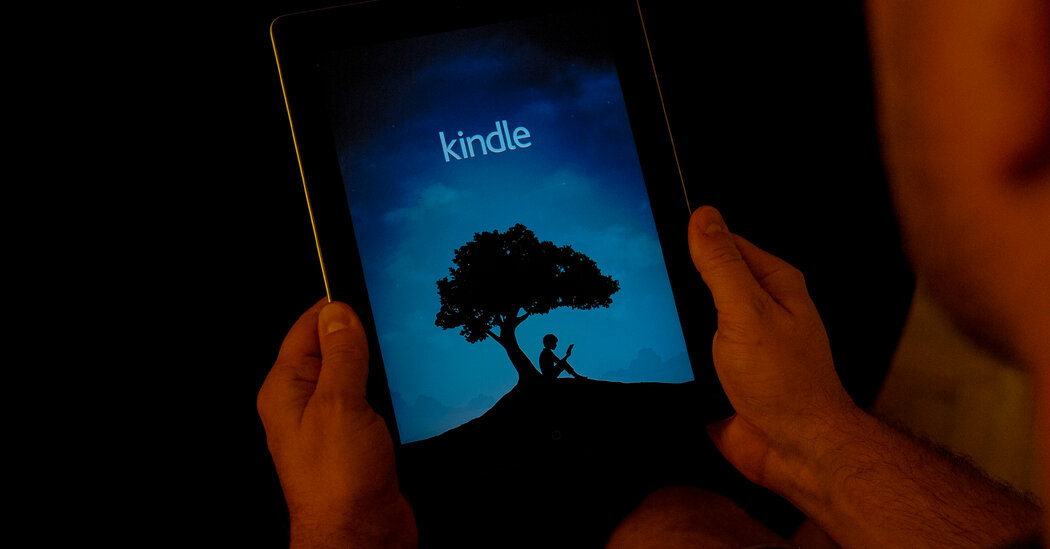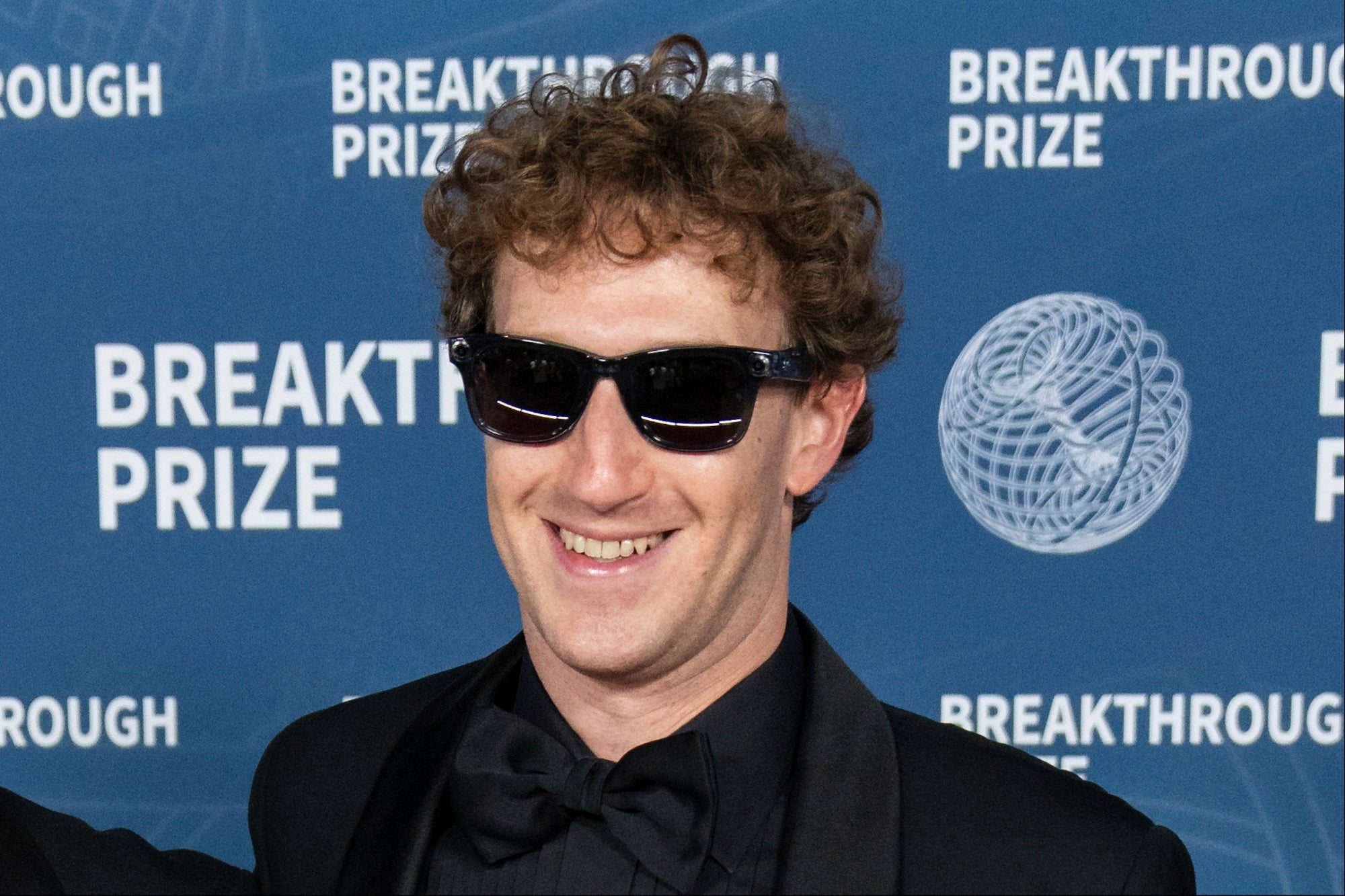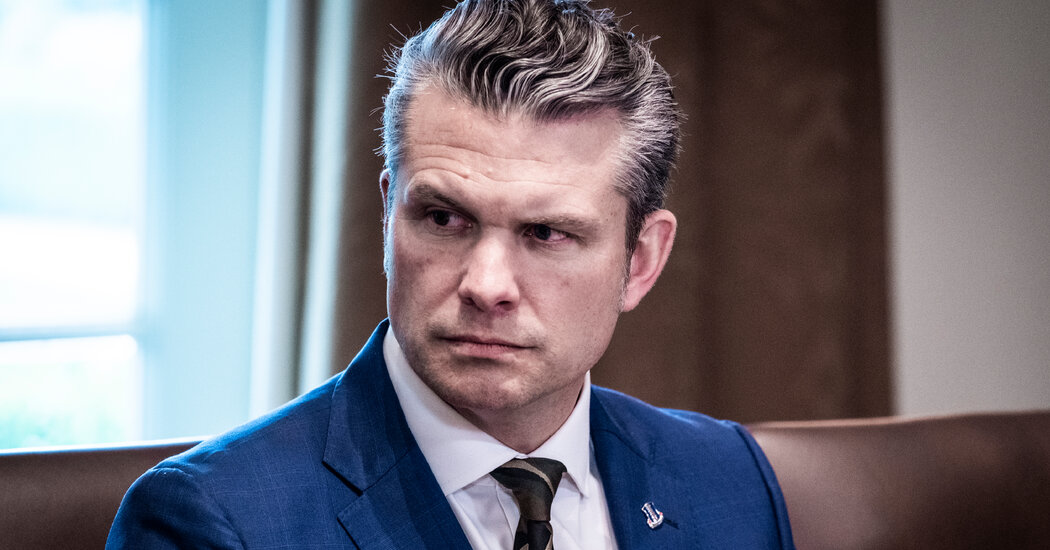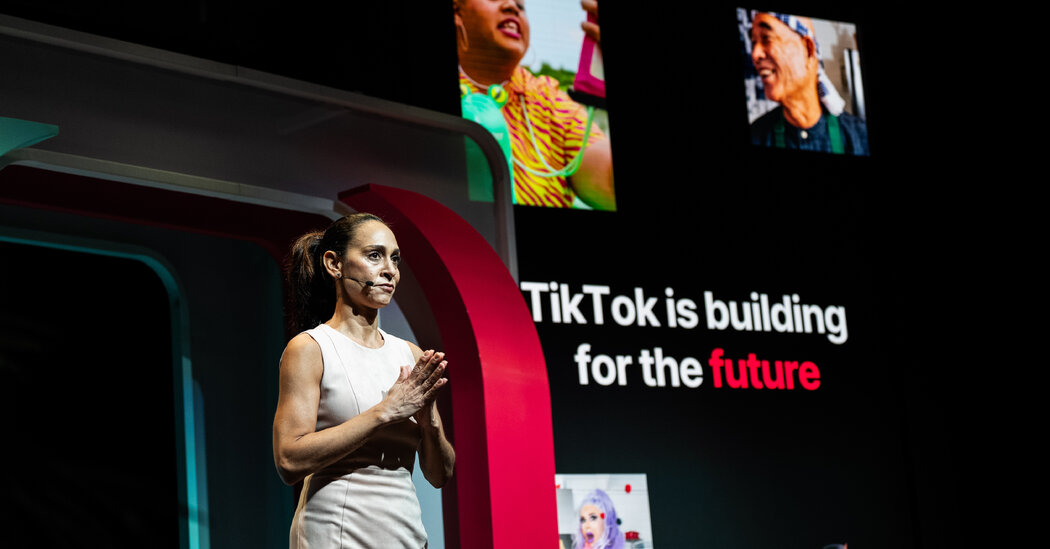In September 2006, Mark Zuckerberg, the chief executive of Facebook, described what made his social network special.
“Facebook is about real connections to actual friends,” he wrote in a company post.
Two decades later, that description is at the center of a landmark antitrust trial against Mr. Zuckerberg’s social networking empire, now called Meta, and whether it illegally stifled competition. In essence, the trial has raised the question of whether social networking is simply about connections to friends and family, or whether it is something more.
The Federal Trade Commission, which is prosecuting the case, has tried to narrowly define social networking as a service that links friends and family. Under that definition, Meta would really compete only with Snap, the maker of Snapchat, which it dwarfs in size and users. But Meta has argued that all social media companies count as rivals, especially TikTok and YouTube, which would mean that competition was more abundant.
“The friend part has gone down quite a bit,” Mr. Zuckerberg said in testimony at the trial last month, downplaying his words from 2006.
The opposing definitions of social media in the case — Federal Trade Commission v. Meta Platforms — illustrate how much social networking has evolved over more than a decade and how slippery it has become to pin down. Meta has expanded far beyond Facebook’s roots as a bulletin board for college students, and scores of newer companies have developed similar products, emulating popular features such as the “like” button and news feed.
In the first four weeks of the trial, a parade of social media executives from companies including Reddit, Pinterest and LinkedIn have done little to help clarify a social networking definition. They acknowledged that they all competed for the same users, but in many cases offered very different products.
Defining where Meta fits into the social media landscape will be the first and most important decision for Judge James E. Boasberg of the U.S. District Court for the District of Columbia, who is presiding over the trial.
It will be “no walk in the park,” Judge Boasberg wrote in an opinion late last year.
The case examines whether Meta’s purchases of Instagram in 2012 for $1 billion and WhatsApp in 2014 for $19 billion illegally quashed competition. Judge Boasberg’s decision will have broad implications for the tech market as the industry faces a yearslong bipartisan push to curb Silicon Valley’s power and grip over speech, entertainment, commerce and computing.
If he sides with the government, which has said it seeks to break up Meta, the decision could deter the voracious appetites of the biggest tech companies to buy smaller rivals. That would shake up the start-up economy, where many founders rely on bigger players to acquire their companies for huge sums of money, allowing investors to cash out.
“It is a significant case because the world we’re in now has gotten a lot more complex, and so if the F.T.C. wins, there will likely be more aggressive antitrust enforcement,” said Daniel Rubinfeld, a former deputy assistant attorney general at the Justice Department who worked on the government’s antitrust case against Microsoft more than two decades ago.
In most antitrust cases, the competitive market is easier to define, legal experts said. Prices are used as the foundation to evaluate a company’s power and effect on competition. That could include a merger or anticompetitive behavior that pushes up prices for airline tickets or home appliances, for example.
But internet companies like Meta offer free services to consumers, turning its case into a novel legal debate.
In his opening statements, Daniel Matheson, the government’s lead lawyer in the case, accused Meta of being “a monopolist of personal social networking services in the United States,” with two competitors: Snap and the tiny app MeWe.
Mr. Matheson argued that Meta’s network of people who knew one another was key to the company’s growth and that it attracted advertisers that were interested in users promoting goods to their close connections.
Meta fired back, saying that it now primarily competed for the attention of users who scrolled through short-form videos on YouTube and TikTok. Its top litigator, Mark Hansen, said the company went into “crisis” mode when TikTok became available in the United States in 2018.
On Thursday, one of Meta’s lawyers asked Adam Mosseri, the head of Instagram, if the app was more like Facebook or TikTok.
“I’d put Instagram between the two, but much closer to TikTok,” he said. Instagram began as an app to connect friends, he added, but users now turn to it much more for entertainment.
Clouding the picture, the parade of executives from other social media companies have done little to define the industry’s market.
“YouTube and Instagram are TikTok’s most important competitors,” according to an internal TikTok document from 2021 presented by Meta’s lawyers.
When asked about the rivalry, Adam Presser, TikTok’s head of operations, undercut the idea by saying the apps function differently: “I don’t think of us as a social app.”
YouTube is mainly used for entertainment, and people rarely use the platform to share content or follow other users they know, said Aaron Filner, a senior director at the company.
When it comes to the social media site X, “I would guess that more people these days think of it as a place to see what’s new and what’s happening in the world versus thinking of it as a place to share pictures and whatnot with friends and family,” said Keith Coleman, the company’s vice president of product.
Legal experts said it was typical to squabble over market definitions.
In 1997, the F.T.C. successfully sued to block a merger of Staples and Office Depot, warning of concentration in the office supply store market. The companies had argued they competed against other retailers like Walmart.
The next year, the government accused Microsoft of squeezing competition by tying its internet browser to its popular Windows operating system. The government persuaded the judge to narrowly define the market in the case as personal computers that run on Intel chips, excluding Apple computers and hand-held devices.
“The F.T.C. in the Meta case is taking a traditional approach to defining markets narrowly, but the challenge here is that the market feels different because it is digital and it makes sense that the competition is for eyeballs and attention,” said John Newman, a professor of law at the University of Miami and a former F.T.C. official who worked on the agency’s case against Meta.
Judge Boasberg has given little indication of his thinking. Still, he has noted that the various social media apps seem to have many of the same features, asking if the way they are used is “just a difference in degree.”
He noted that texting had supplanted voice calls, something he described as “elderly communications.” Younger users are even more facile in switching up platforms and technologies.
“Aren’t those norms changing all the time?” Judge Boasberg, who doesn’t use social media, asked an expert witness.
